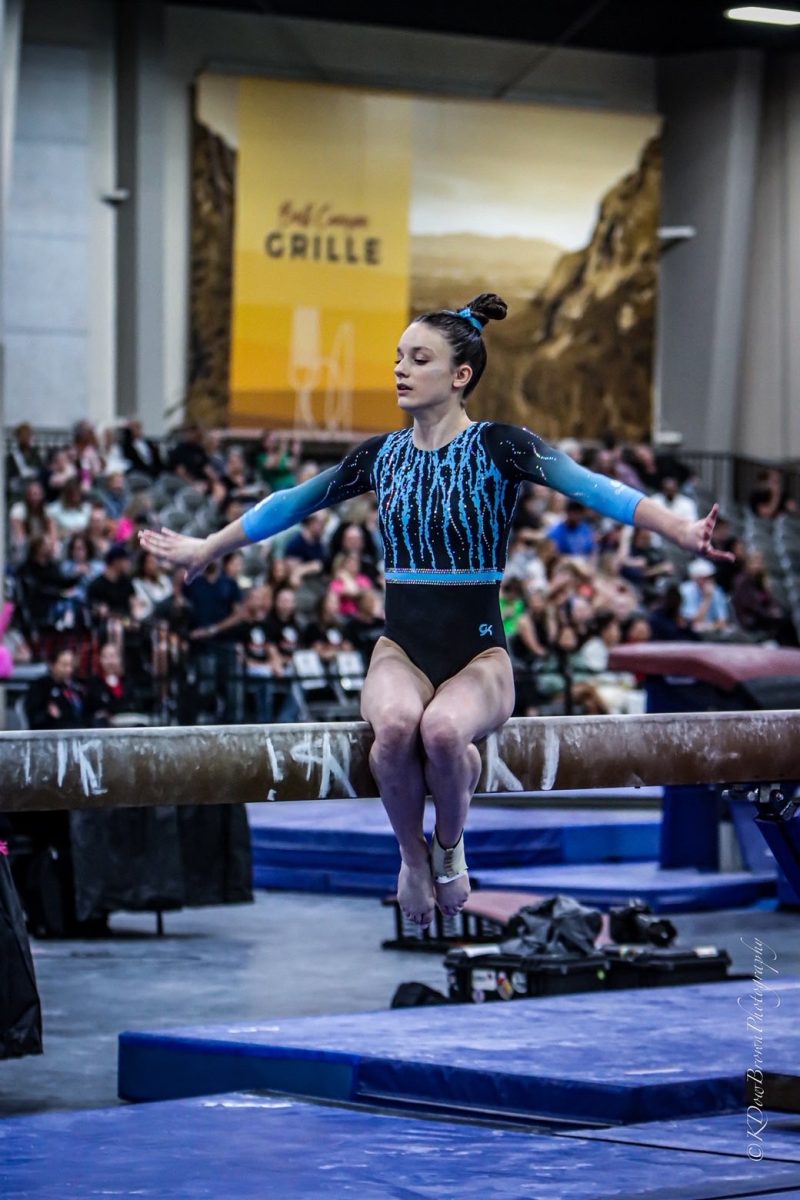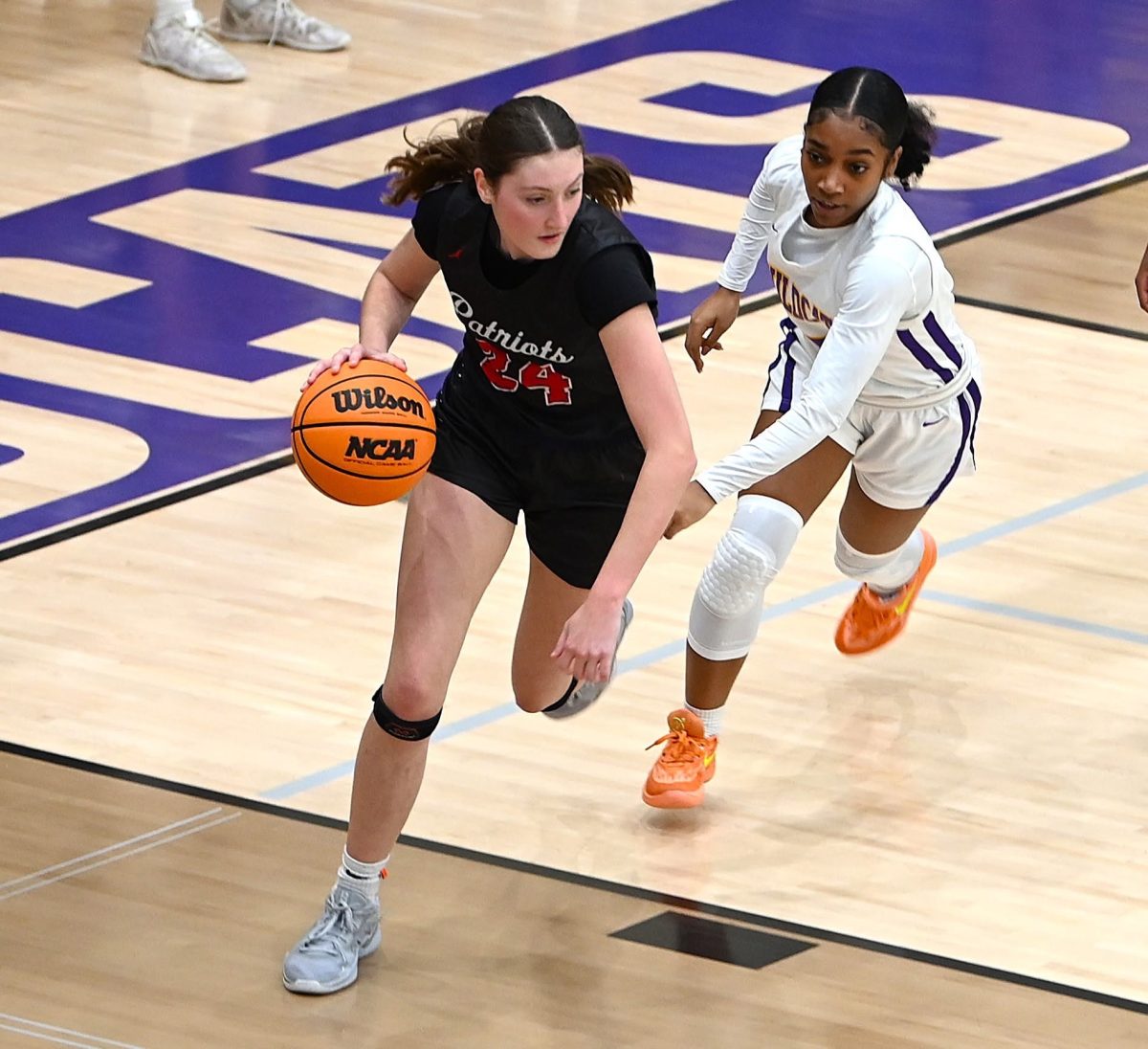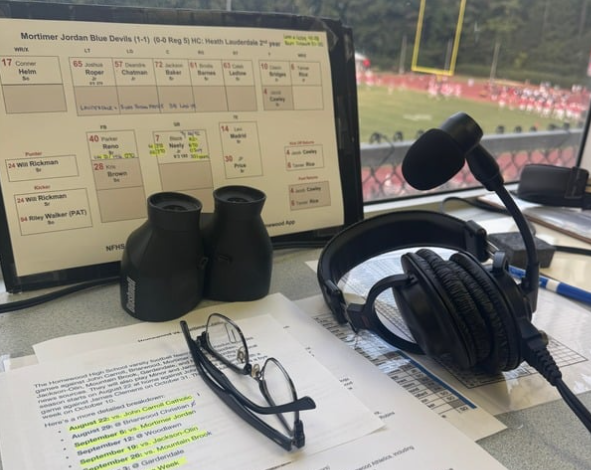Inside look at college recommendation letters
November 10, 2022
Everyone knows that the first semester of each school year is full of hustle, homework, and college applications for senior students. However, a lesser-known workload is the pile of college recommendation letters in which many teachers find themselves engulfed.
Considering the staggering amount of time and effort that is put into these letters, teachers often wonder if they truly impact student admissions.
“I would be interested to know how often colleges actually read them versus just checking that they’re there,” said Michele Cooley, a 12th-grade English teacher. She adds that sometimes recommendation letters just seem like a hoop students have to jump through.
In a slow year, Cooley says she spends four or five hours on letters. In busy years, however, this number can rise to ten.
“I don’t have time to run out and ask every college admissions officer that comes here if it matters,” said 11th-grade English teacher Leslie Anastasia.
Some colleges don’t require prospective students to submit a letter of recommendation and instead take a more academic approach to the admissions process. Among these are UAH, UAB, and Auburn.
Other schools take a more holistic look at students’ applications, putting a lot of value on recommendation letters from teachers. Furman, Rhodes College, Sewanee, Samford, and William and Mary all require letters of recommendation during their application process.
The colleges that do require letters of recommendation emphasize a broader approach to evaluating students. An admissions counselor at Rhodes College says students are not just their transcript or extracurriculars. These colleges want to know about applicants on a more personal level.
A Samford admissions counselor says that the purpose of teacher-written letters is for educators to highlight reasons that a student would thrive at a potential school based on their performance in high school.
Several schools said that the most impactful letters come from teachers who have seen the student struggle, persevere, and improve. Contrary to what most students believe, colleges don’t want to see a perfect letter about an ideal student but rather a hard worker who can be knocked down and get back up.
Colleges say that demonstrating these skills can show how a student will manage coursework in college, along with how smoothly the transition to college will be.
Many colleges and universities require the letter to be written by a teacher that a student had in 11th or 12th grade, which allows the school to see the most current and accurate representation of the student.
A bonus for colleges is if the writer has seen the student in a leadership position. This shows a side of the student that isn’t only academically based but also skill-sets that apply in the real world.
Not only do colleges have preferences for recommendation letters, but teachers do as well.
Anastasia said that teachers generally require two weeks’ notice, but they each have different individual expectations. She asks students to be mindful of the fact that teachers write these letters in their free time outside the classroom.
Additionally, Anastasia recommends that students submit a resume or other materials that may provide helpful information to teachers. She says that when students choose a teacher who knows them more personally, the letter is often more impactful and easier to write.
So, while teachers are happy to write recommendation letters, they are ultimately a favor to students.
“I wouldn’t mind finding a little thank you treat on my desk after I write a letter,” Anastasia joked.































